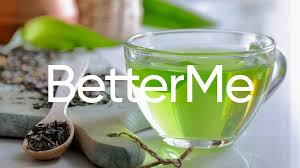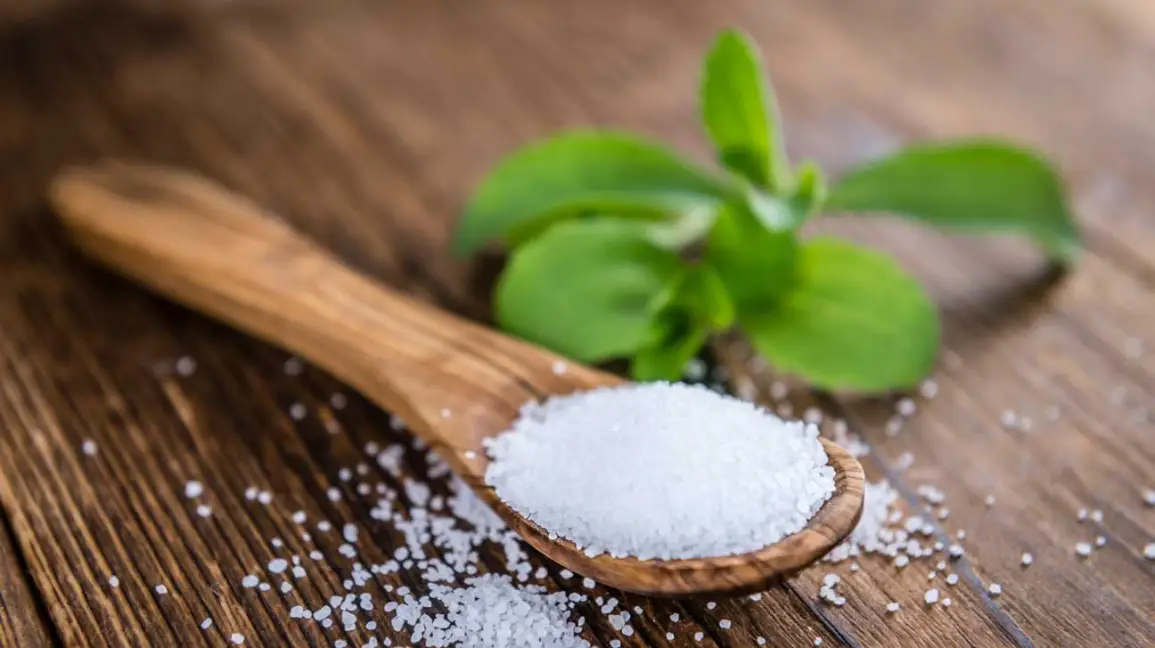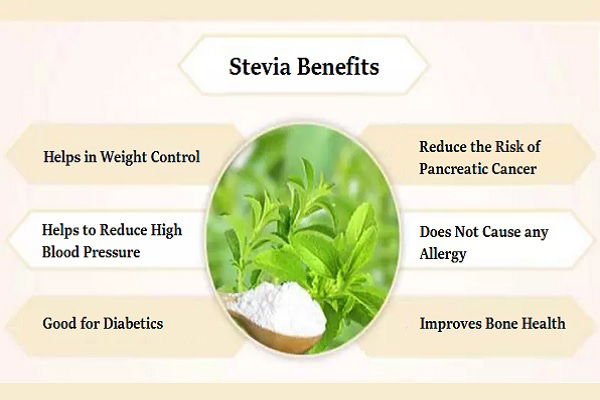Natural sweetener Stevia rebaudiana: Functionalities, health benefits and potential risks

Stevia has been known to people from ancient times. The Guarani Indians called Stevia “Ka-a He-e”, which means “sweet grass”, and used it to savor bitter drinks such as mate. There are some reports that Stevia was already known in Spain in the 16th century. However, other Europeans learned about the plant only in the late 19th century, after Stevia was introduced and promoted by the botanist Moises Santiago Bertoni (Ramesh et al., 2006). Bertoni renamed it from Eupatorium rebaudianum to Stevia rebaudiana (Carakostas et al., 2008). In 1901, Bertoni wrote that a few leaves of Stevia grass were enough to sweeten a large cup of tea. In 1920, Stevia began to be cultivated in large quantities on plantations in Brazil and Paraguay. In 1931, the French chemists Briedel and Lavieille isolated the glycoside which provide Stevia with its sweet taste. This compound was named stevioside (Barriocanal et al., 2008). During World War II, Stevia began to be actively consumed in the United Kingdom due to sugar shortages and rationing of its consumption (Zaman et al., 2015).

In the 1970s, Stevia was introduced in Japan and research was started to evaluate its beneficial potential for human health. Since then, the Japanese actively use this sweetener in a variety of foods and Japan is one of the major producers of Stevia now (Ramesh et al., 2006). In 2013, the Coca-Cola Company started production of drinks containing Stevia instead of sugar and having 30 % less calories. These drinks are now sold in a number of countries worldwide (Heyden, 2013). In addition to Japan, Brazil, and Paraguay, Stevia is commercially cultivated in many other countries around the world, including Ukraine (Midmore and Rank, 2002).

Potential risks
One study found that steviol is mutagenic, although other studies have not confirmed this effect (Pezzuto et al., 1985). The main evidence of Stevia safety is that for over 1500 years of continuous use by Paraguayans, there have been any reports of adverse effects. Additional confirmation of the safety of Stevia consumption is the absence of reports on side effects of any kind in Japanese populations where Stevia has been consumed in large quantities in recent years (Singh and Rao, 2005). In addition, most of the studies that have investigated Stevia effects on the human body have showed no side effects (Roy et al., 2010; Nikiforov et al., 2013; Uçar et al., 2017). However, it should be noted that not all of the Stevia products sold are of high quality. In particular, in the one experiment Raman spectra of six commercial products of Stevia were measured and it was found that three of the commercial Stevia products were counterfeit products. They also contained sodium cyclamate and small amounts of sodium saccharin (Jentzsch et al., 2016).
S. rebaudiana, a perennial plant native to Paraguay, has come to be cultivated around the world as a source of high-potency sweetener with no caloric value. Two main steviol diterpene glycosides, stevioside and rebaudioside A, that are present in high levels in Stevia leaves provide the sweet taste of the plant and are 150-450 times sweeter than sucrose to human taste buds. Pure sweet glycosides and crude Stevia extracts with 50 % of glycosides are actively used in the food market. A number of preclinical and clinical studies suggest potential therapeutic and pharmacological applications for Stevia extracts and their individual compounds because they demonstrate no toxicity in experimental trails and exhibit health-promoting activities. In addition to different glycosides, Stevia leaves contain many other compounds like flavonoids and fatty acids that together provide the diverse biological properties of the plant. Thanks to these components, Stevia products stimulate insulin production in diabetics, improve polycystic kidney disease, have chemotherapeutic action in cancer and possess powerful antibacterial, antioxidant and immunomodulating properties.
Stevia Uses
Stevia can be used as an alternative to table sugar. Moreover extracts from stevia leaves are available in a dietary supplement. Since it has naturally occurring sweetener compounds, people can add Stevia into numerous foods and drinks for sweetness. Stevia sweeteners can be used in the following:
- Ice-cream
- Sauces
- Desserts
- Yogurt
- Pickled food
- Soft drinks
- Bread
- Candy
- Chewing gum
- Seafood
- Prepared vegetables.
Reference:
Peteliuk, V., Rybchuk, L., Bayliak, M., Storey, K. B., & Lushchak, O. (2021). Natural sweetener Stevia rebaudiana: Functionalities, health benefits and potential risks. EXCLI Journal, 20, 1412–1430. https://doi.org/10.17179/excli2021-4211


